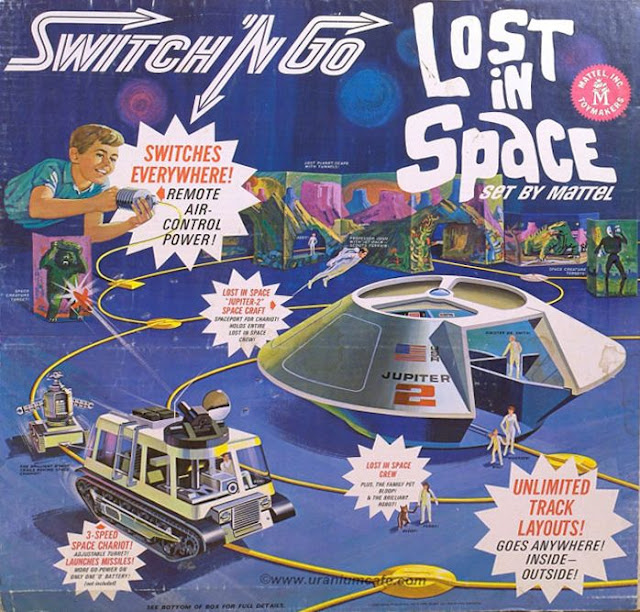© Mark Ollig
Well, dear readers, we made it through another trip around the sun.
Many of us managed our daily lives differently during the last year due to COVID-19.
We worked from home instead of the office, and conducted meetings with coworkers using online video teleconferencing, which kept us and others safe.
Various holidays throughout 2020 saw many folks using Zoom, Skype, Microsoft Teams, Cisco WebEx Meetings, and other online conferencing applications.
The importance of wearing a mask, washing our hands, and practicing social distancing was part of our daily lives during 2020, and continues to be as we enter 2021.
Many years ago, I was given this pearl of wisdom by someone who had been living on this planet much longer than me, “Enjoy each year, because when you get to my age, you will find the years going by much faster than they do now at your age,” the older man told me.
I was given this advice while still in high school during the 1970s.
Today, I, and no doubt many of you, very much understand how accurate his advice is.
We need to appreciate each day, and take nothing for granted.
My junior and senior high school days occurred while living in Brainerd, though I lived and worked for many years in Winsted.
I very much enjoyed my life living in the Brainerd Lakes Area.
While attending Brainerd High School, I enrolled in their AV (audio visual) TV class.
The AV class had ways of earning extra credit, including recording public service educational television programs broadcast during the evening for the school’s reference library for students to view.
Many of you may recall the introduction of home video recording machines using magnetic tape contained inside what looked like a large cassette cartridge.
In late 1975, Sony Betamax began selling tape cartridges and video recording/playback machines in the US.
Kid: “Grandpa, what is Betamax?”
Grandpa: “Think of VHS, or CD, or DVD, or Blu-Ray Disc.”
Kid: “What?”
Grandpa: “Think of the Cloud.”
Kid: “Oh, I get it.”
In the 1970s, Betamax machines and videotape cartridges were the premier videotape recording/playback system.
I spent many evenings at Brainerd High School, completing various videotape recordings. After which, I would catalog and then place these new recordings in the school’s Betamax videotape library.
The available tape lengths ran anywhere from 15 minutes (L-125) to 100 minutes (L-830).
I regularly used the 60-minute length tape (L-500).
The 3M company manufactured Betamax videotapes, in addition to Sony.
I became reasonably proficient in operating the Sony Betamax recording machine in the school’s small AV room; fortunately, the vending machines were nearby.
The audio and picture quality of those Betamax videotape recordings were pretty good.
In 1976, a new and slightly larger video-cassette tape recording format by JVC (Victor Company of Japan) came out. It was called the Video Home System (VHS).
VHS tapes used a VCR (video cassette recorder).
And so, the home videotaping system competition began between Betamax and VHS.
To my younger readers: This would be comparable to when the Blu-Ray disc came out in 2003 and competed with the DVD (digital versatile disc), which had been around since 1997.
Even though the Betamax was a smaller-sized cassette cartridge and had superior video quality, the public ended up embracing VHS tapes used with VCRs.
A VCR costs much less than a Betamax recording system, which attributed to its popularity.
I do recall one advantage VHS had over Betamax: the tapes could rewind much faster.
People began VHS videotaping shows and movies off their TV, which caused copyright disputes to become a popular discussion topic for a time.
As a youngster growing up during the 1960s, a favorite Saturday morning cartoon featured George Jetson traveling to work in his flying aero car with the transparent bubble top.
At the time, I believed people living in the future would be driving flying cars.
It is 2021. Where is my flying car?
The futuristic Jetsons lived in the year 2062, so I have another 41 years to wait.
Of course, today we have Jetson-like programable robotic house servants, such as a Roomba or RoboVac to clean the floor, so I suppose that’s progress.
Let us all continue to stay safe out there as we move ahead in 2021.

















